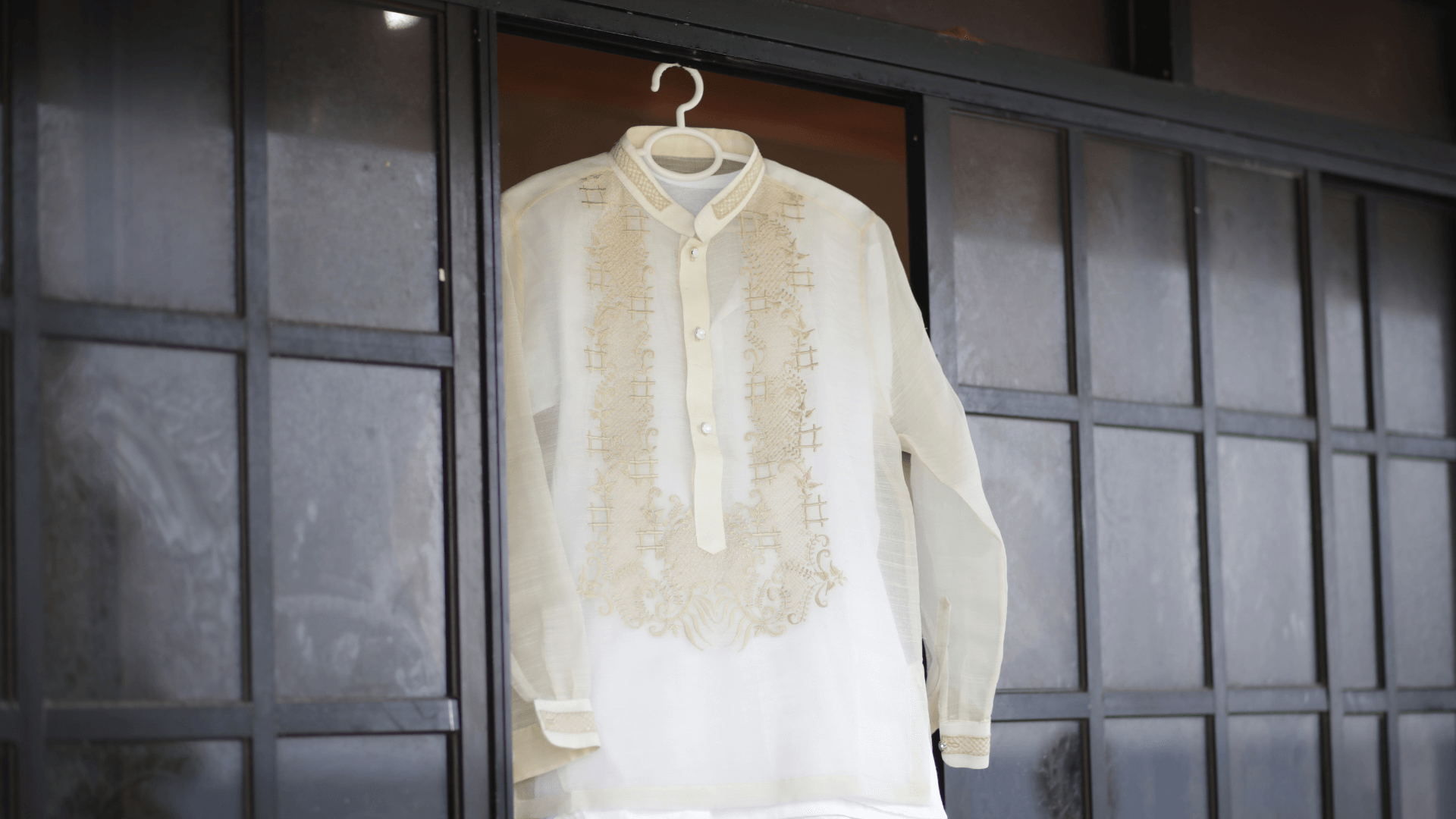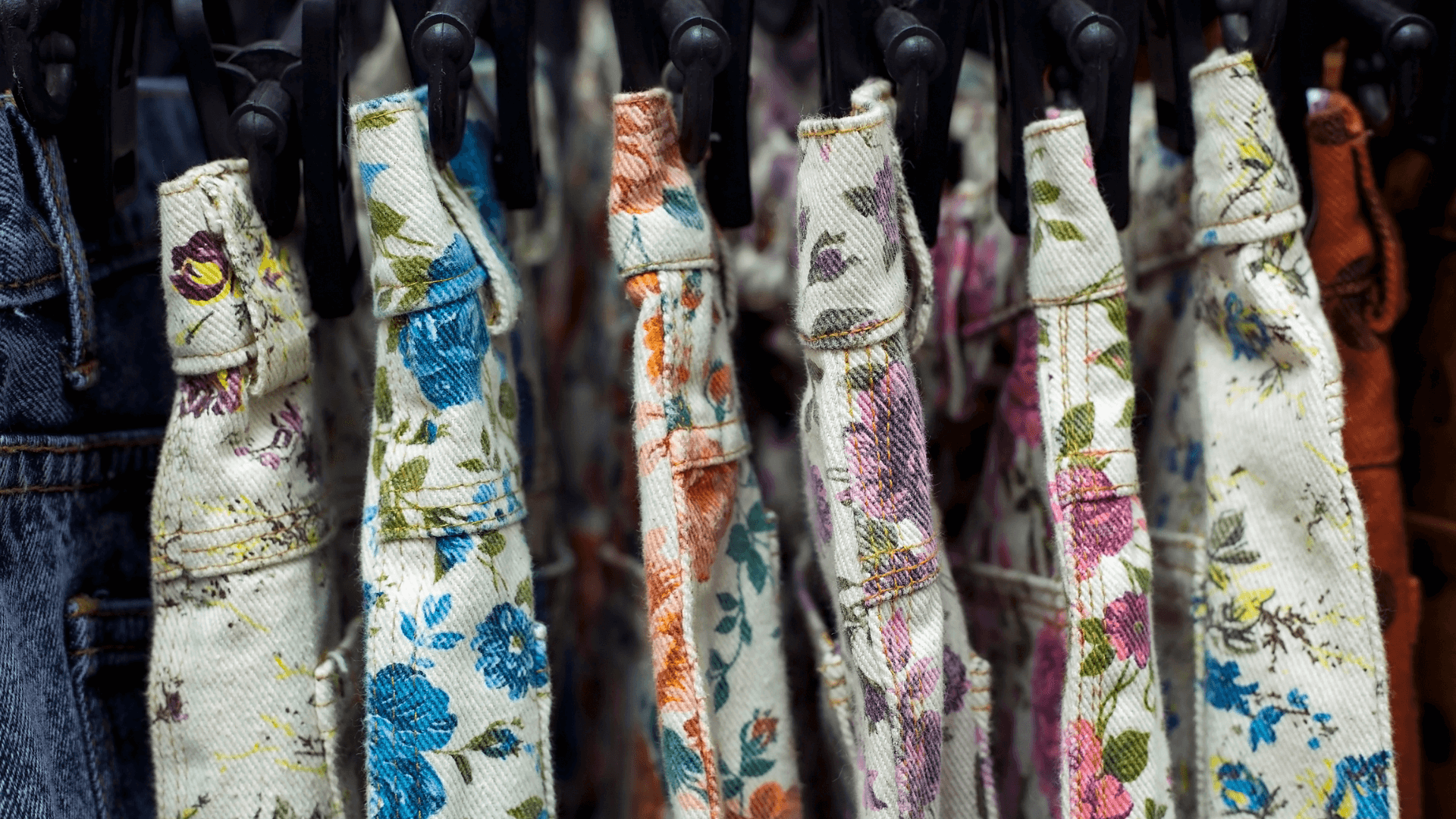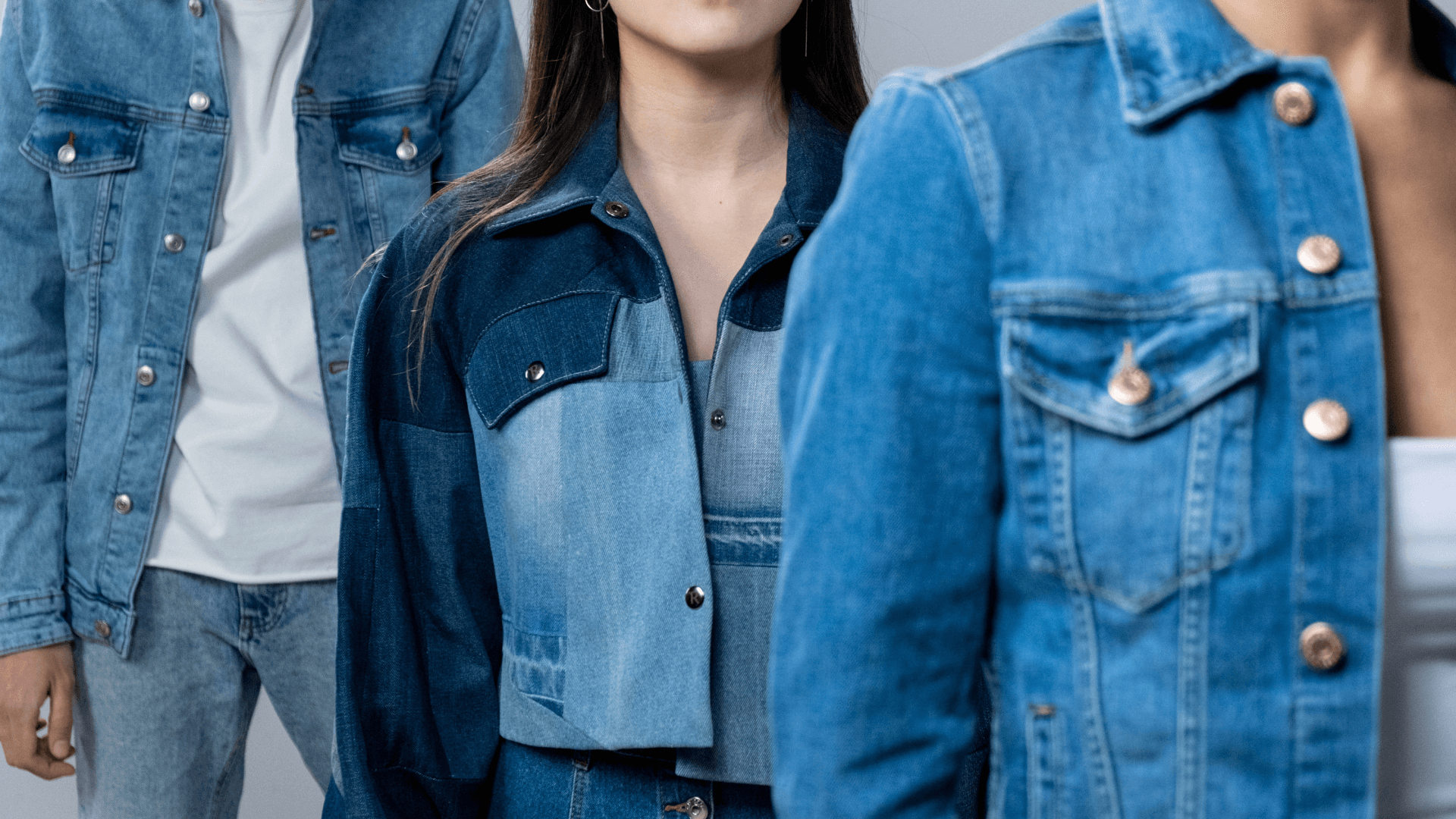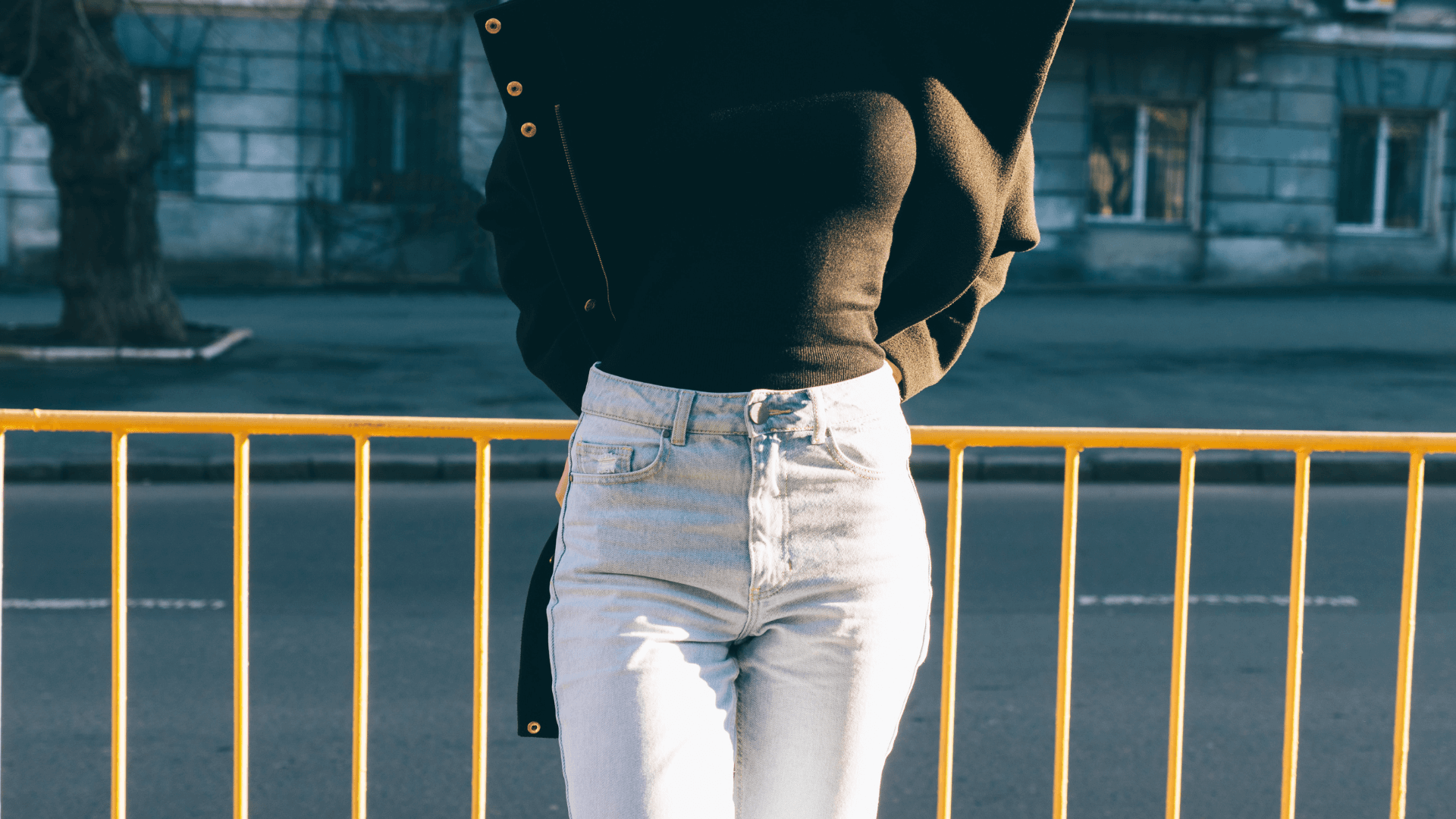
Top Philippine Fashion Trends
August 05, 2024

Filipinos have a deep-seated love for fashion, expressed in several ways. One key element is their cultural pride. Filipinos love incorporating traditional elements like the terno, camisa, and saya into modern outfits.
At the same time, Filipinos are keen on embracing global trends. Streetwear, K-Pop-inspired styles, and even subcultures like goth all have a Filipino twist. Filipino fashion is a fascinating blend of international influences and local flair. This ability to mix and match reflects a willingness to experiment and create unique looks.
This blog post will talk about the 10 popular Philippine fashion trends.
Barong Tagalog

The Barong Tagalog has its roots in the pre-colonial era when indigenous Filipinos wore loose, transparent clothing made from local fibers like piña (pineapple) or abaca. During the Spanish colonization, the Barong Tagalog evolved into a formal attire influenced by Spanish fashion.
Its intricate embroidery, known as Calado, symbolizes Filipino craftsmanship and aristocracy. It remains the Philippines’ national attire proudly worn during weddings, official ceremonies, and cultural events, embodying Filipino identity and elegance.
Streetwear

Streetwear gained prominence in the Philippines during the late 20th century, heavily influenced by American hip-hop culture and urban lifestyles. Filipino youth embraced streetwear as a self-expression and rebellion against traditional norms. Brands like Bench pushed streetwear into the mainstream with casual yet trendy designs.
Floral Prints

Floral prints in Philippine fashion are rooted in the country's tropical climate and rich flora. Historically, Filipino women adorned garments with intricate floral embroideries and batik prints. With modern influences, floral prints became popularized in the 1960s and 1970s, reflecting a blend of Western and local aesthetics.
Today, brands like Mango and Esprit incorporate floral motifs in their collections, catering to various occasions, from casual gatherings to formal events, celebrating the country's vibrant natural beauty.
Denim on Denim

The denim-on-denim trend originated in Western fashion but gained popularity in the Philippines during the 1990s. Initially worn by cowboys in the United States, denim symbolized rugged durability and casual coolness.
In the Philippines, denim jeans and jackets became everyday wear due to their versatility and resilience in the tropical climate. Bench is one of the local brands that popularized this trend, making it a go-to choice for casual outings and youthful fashion statements.
Athleisure

Athleisure emerged globally as a response to the growing demand for clothing seamlessly transitioning from gym sessions to daily activities. In the Philippines, the rise of health and fitness consciousness contributed to the popularity of athleisure wear. Brands like Puma introduced stylish activewear collections that appealed to Filipinos' lifestyles. Athleisure became synonymous with comfort and functionality, worn during workouts, casual outings, and errands, reflecting a blend of fitness culture and fashion-forward sensibilities.
High-waisted Bottoms

High-waisted bottoms have become a staple in Philippine fashion, offering style and practicality. Embraced for their flattering silhouette, these bottoms accentuate the waistline while providing comfort and versatility. Whether in jeans, skirts, or shorts, high-waisted styles have gained popularity among Filipinos, offering a timeless appeal that complements various body types and fashion preferences.
Indigenous Textiles
Indigenous textiles in Philippine fashion celebrate the country's cultural diversity and artisanal heritage. Fabrics like Inabel from the Ilocos region, T'nalak from Mindanao, and Yakan weave from Basilan showcase traditional weaving techniques passed down through generations.
Designers and advocates promote these textiles in modern fashion, integrating them into clothing, accessories, and home decor. The popularity of indigenous textiles reflects a growing appreciation for Filipino craftsmanship and cultural identity, resonating with consumers seeking unique, ethically sourced fashion pieces.
Minimalist Fashion

Minimalist fashion gained traction in the Philippines due to the cluttered and fast-paced modern lifestyle. Japanese aesthetics and Scandinavian simplicity inspire minimalist fashion, focusing on clean lines, neutral colors, and timeless silhouettes. Local designers and influencers promote minimalist wardrobes characterized by quality over quantity.
Eco-Friendly Fashion
Eco-friendly fashion addresses environmental concerns by promoting sustainable practices and materials in clothing production. In the Philippines, awareness of climate change and environmental degradation has led to the rise of eco-conscious consumers seeking alternatives to fast fashion.
Local brands and designers champion eco-friendly fabrics like organic cotton, bamboo, and recycled materials. They advocate for ethical production processes, minimizing carbon footprints, and supporting local communities.
Bohemian Style

Bohemian style embodies a carefree and eclectic aesthetic inspired by the Bohemian lifestyle of artists and free spirits. In the Philippines, boho-chic fashion gained popularity among young creatives and festival-goers seeking individuality and self-expression. Flowing fabrics, earthy tones, and artisanal accessories define this style, evoking a sense of wanderlust and artistic flair.
Final Thoughts
Filipino fashion is a testament to the country's ability to blend tradition with modernity, creating unique and universally appealing looks. This mix-and-match approach highlights a versatile and forward-thinking fashion community, whether in floral prints, denim on denim, or bohemian chic. As global trends evolve, one thing remains certain: the Filipino flair for fashion will always stand out, celebrated for its creativity, resilience, and deep-rooted cultural significance.